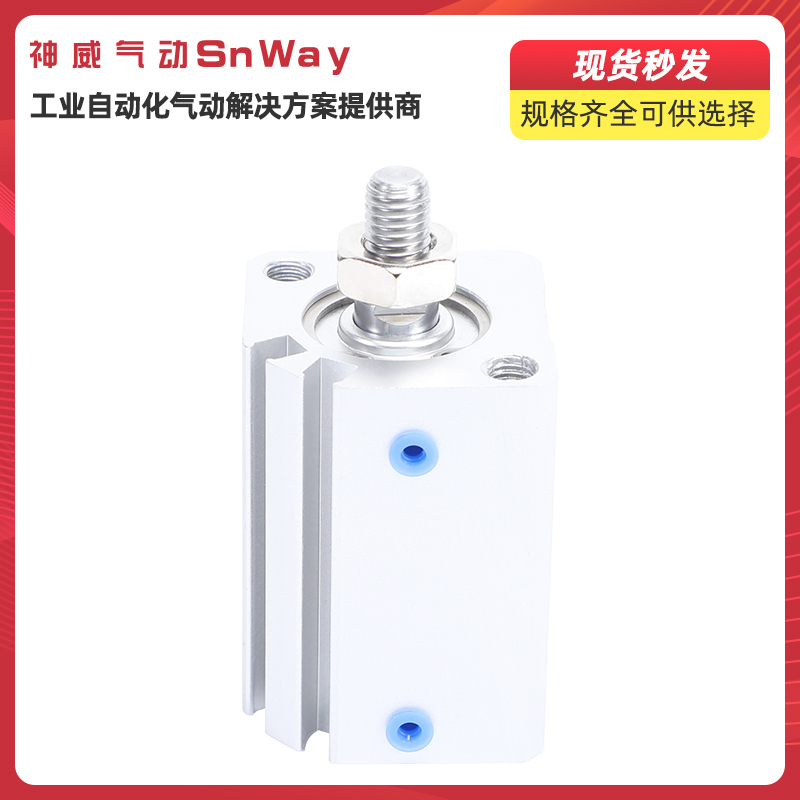What does cylinder mean?
Explanation of cylinder:A cylindrical metal part that guides the piston in linear reciprocating motion. The working fluid converts thermal energy into mechanical energy through expansion in the enginecylinder;the gas is compressed by the piston in the compressor cylinder to increase the pressure. The casings of turbines, rotary piston engines, etc. are often also called "cylinders."
What is a cylinder?
In many industries it is often necessary to create linear motion during sequences of operations. Cylinder, also known as pneumatic cylinder, is one of the simpler and most economical solutions. The cylinder is a mechanical device that converts the energy of compressed air into linear motion.
Cylinders operate on compressed air to create linear force. They are used for pushing, pulling, opening, closing, lifting, lowering, positioning and sorting. Cylinders are used in a wide range of applications and most industries have standard cylinder types. Within these standards, cylinders come in various shapes, sizes and types. Many optional features are also available.
A cylinder is a mechanical device that converts the energy of compressed air into linear motion. Each cylinder type and configuration has its place in today's factory automation.

Cylinder Operation< strong>Matters
In order to operate a cylinder, a gas such as air must first be pressurized. This can be done using a pump. Since air usually exists at atmospheric pressure, a pump is used to force a volume of air into a smaller space to increase its pressure above atmospheric pressure. Compressed air stores the energy used to compress it. When allowed to expand, this air will tend to decompress back to its original atmospheric pressure.
The pneumatic cylinder works based on this principle. The air is compressed and then enters a cylindrical chamber beneath the movable piston. The compressed air exerts a force on the bottom of the piston, causing the piston to move upward through the hollow cylinder. The rod passes from the bottom of the piston up through the top of the cylinder. When compressed air expands into a given space and moves the piston upward, the rod also moves, providing a way to move other mechanical components.
The position of the piston in the cylinder is controlled by a valve that delivers compressed air to the top or bottom of the cylinder. When the rod end or top of the cylinder is filled with pressurized air, the piston moves downward and the air beneath the piston is exhausted through the exhaust pipe. Compressed air entering the base moves the piston upward and the air above the piston is exhausted. The system allowscylinder Repeat to create force.






 WhatsApp: +8615857777578
WhatsApp: +8615857777578